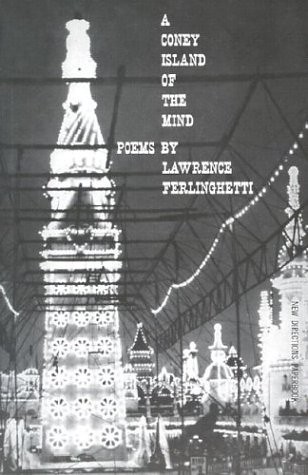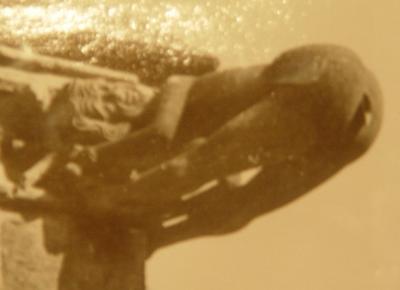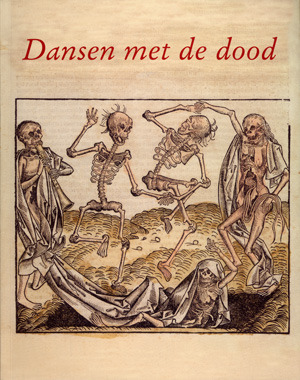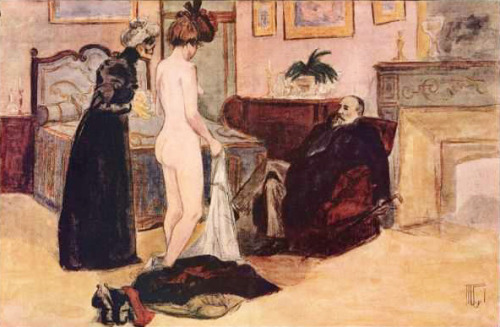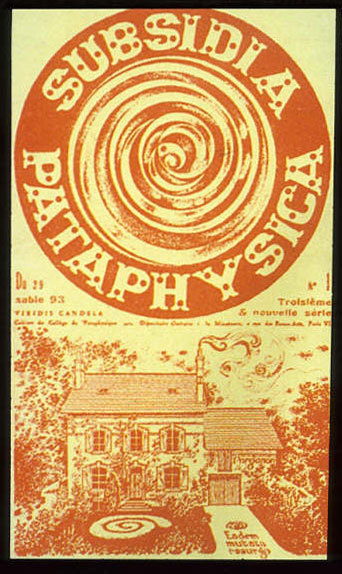Harvey Keitel (born May 13, 1939) is an American actor best-known for the “tough-guy” characters he portrays and for his memorable roles from Quentin Tarantino’s Reservoir Dogs and Pulp Fiction, Martin Scorsese’s Mean Streets and Taxi Driver, Ridley Scott’s The Duellists and Thelma and Louise, Jane Campion’s The Piano and Abel Ferrara’s Bad Lieutenant.

Bad Lieutenant (1992) – Abel Ferrara [Amazon.com]
But surely, his most unsettling film is the Bad Lieutenant by bad boy of American cinema Abel Ferrara.
The film is squarely located in the oasis of American cinema known as the NC-17 pond. Its thematics are religion, rape revenge and general hardboiled existentialism. Its protagonist is Keitel who is tagged as Gambler. Thief. Junkie. Killer. Cop. Keitel’s nameless character is a corrupt police lieutenant who, throughout the movie, is spiralling rapidly into various drug addictions, including cocaine and heroin. His lack of success at gambling reflects his lack of faith. The turning point in the film arrives when the Lieutenant investigates the rape of a nun and uses this as a chance to confront his inner demons and perhaps achieve redemption.
The film features male frontal nudity of Keitel, a rarity in American cinema.
Most recently, erotic photographer Roy Stuart, in his Roy Stuart, vol. 5 reenacted the scene when Keitel stops two young girls in their car, discovers that they have no driver’s license and forces one to bare her behind and the other to simulate fellatio, while he masturbates.
Werner Herzog is to release a similarly titled film in 2009: Bad Lieutenant: Port of Call New Orleans starring Nicolas Cage and Val Kilmer. According to Herzog, the film is not a remake of the original. In fact, Herzog claims to have never seen Bad Lieutenant, nor to know who Abel Ferrara is.
Bad Lieutenant is World Cinema Classic #101.

